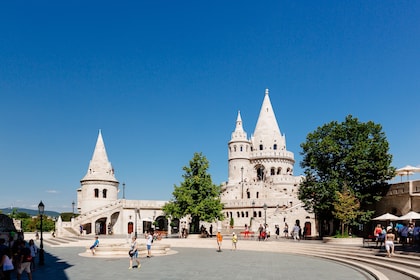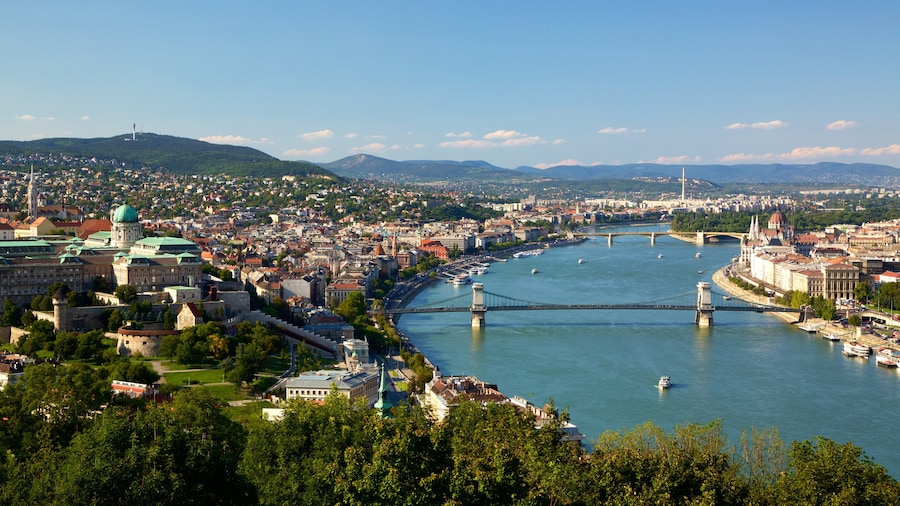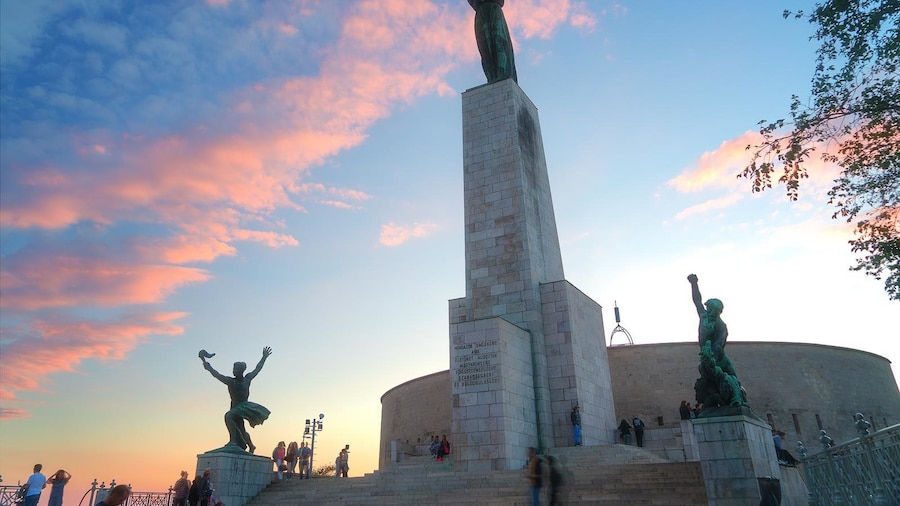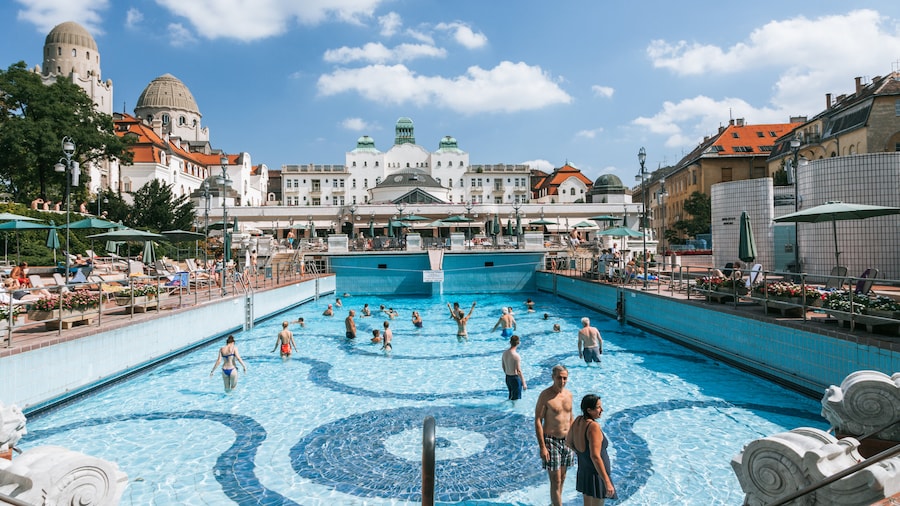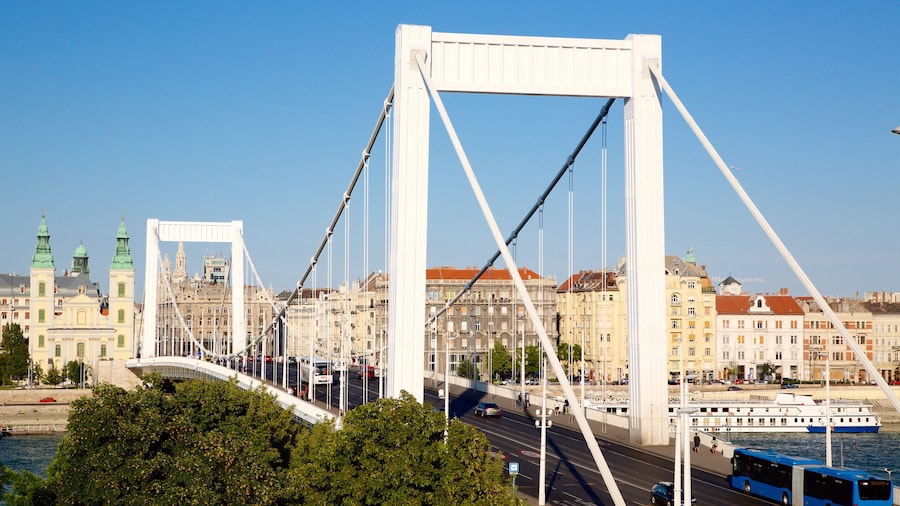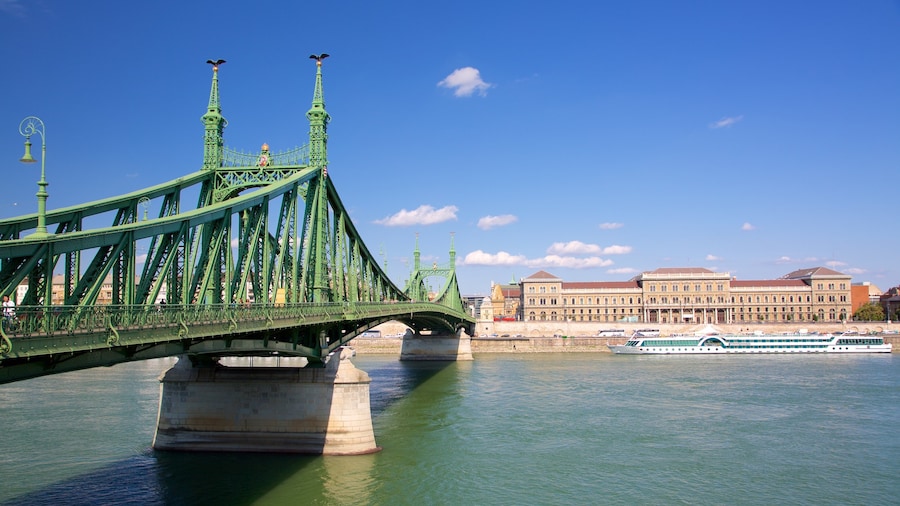This elegant statue stands tall as a monument to the sacrifices made for Hungary’s independence.
The Liberty Statue on Gellért Hill – the highest point of Buda overlooking much of the city – is a stirring and striking statue. Standing astride a stone pedestal some 25 metres high, the female figure reaches her arms a further 14 metres into the sky, holding a palm leaf aloft. It certainly makes for a bold impression on Budapest's western skyline. But whatever its merits, the Liberty Statue is a rather controversial sculpture.Installed in 1947, next to the fort of the Citadella, it was dedicated to the memory of ‘Soviet heroes’ by the 'grateful Hungarian people’. The problem was that, whatever gratitude some in Budapest may have felt towards the Russians after they defeated the Germans and occupied the city in 1945, this had completely evaporated in the dark days of 1956. That was the year when Hungarians revolted against the Soviet-imposed communist government – and the 'Soviet heroes' turned their tanks’ guns on the 'grateful' Hungarian people.Today, the monument has a different inscription, marking the heroism of the Hungarian people in their repeated attempts to remain a free people. Its inscription says it is dedicated to 'the memory of all those who sacrificed their lives for the independence, freedom and prosperity of Hungary'. That change of words only became possible in 1989, when Hungary became the first Eastern Bloc country to open up the Iron Curtain, and the country's Communist party dissolved itself.The chequered and changing history behind this monument only adds to the interest of 'Szabadság-szobor', as the Hungarians call it. But once you've climbed the steps to the statue's base, and stood under its graceful shadow, you'll find the effort was worth it. The Liberty Statue offers one of the best viewpoints over the city of Budapest, as well as the River Danube, snaking away towards the horizon. Freedom, it seems, has a long gaze in Budapest.






